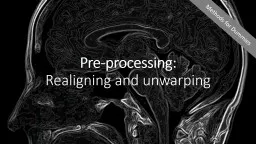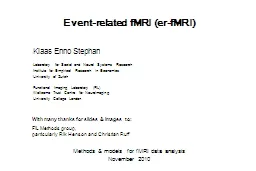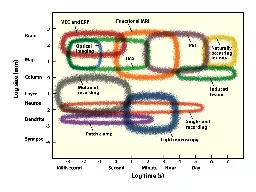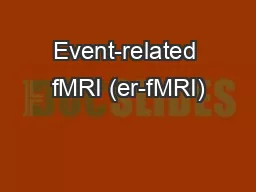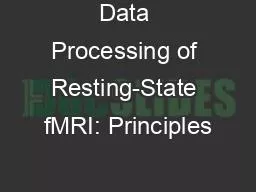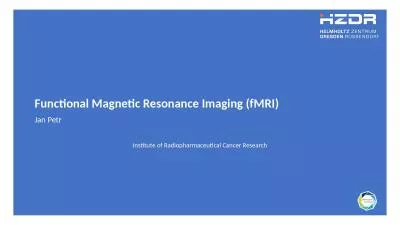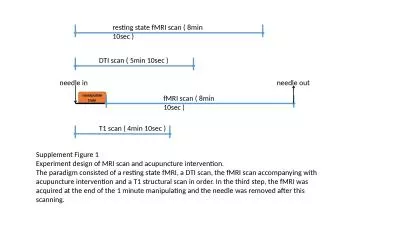PPT-Pre-processing in fMRI:
Author : luanne-stotts | Published Date : 2016-12-07
Realigning and unwarping Methods for Dummies Sebastian Bobadilla Charlie Harrison Contents Preprocessing in fMRI Motion in fMRI Motion prevention Motion correction
Presentation Embed Code
Download Presentation
Download Presentation The PPT/PDF document "Pre-processing in fMRI:" is the property of its rightful owner. Permission is granted to download and print the materials on this website for personal, non-commercial use only, and to display it on your personal computer provided you do not modify the materials and that you retain all copyright notices contained in the materials. By downloading content from our website, you accept the terms of this agreement.
Pre-processing in fMRI:: Transcript
Download Rules Of Document
"Pre-processing in fMRI:"The content belongs to its owner. You may download and print it for personal use, without modification, and keep all copyright notices. By downloading, you agree to these terms.
Related Documents

